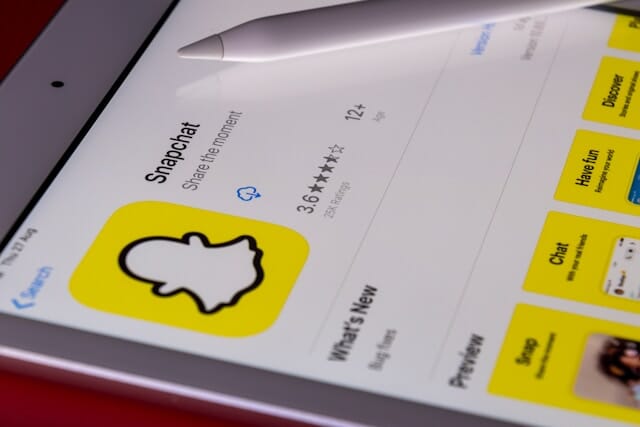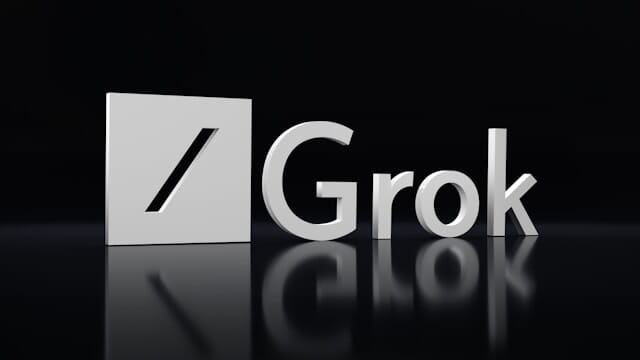Snapchat, the popular social media app known for its ephemeral messaging, has made a significant change to its Memories feature. As of late September 2025, Snapchat announced it will start charging users for storing photos and videos beyond a free 5GB limit. This move has sparked widespread discussion among its user base, with many expressing frustration over the shift from free unlimited storage to a paid model.
What Are Snapchat Memories and Why Do They Matter?
Snapchat Memories is a feature that allows users to save their snaps, stories, and other content privately within the app. Launched in 2016, it transformed Snapchat from a purely temporary messaging platform into a personal archive for photos and videos. Users can revisit old moments, create highlight reels, and even share saved content with friends. For many, especially younger generations like Gen Z, Memories serves as a digital scrapbook, capturing everything from daily life to special events.
The appeal of Memories lies in its seamless integration with Snapchat's camera and editing tools. You can add stickers, text, and filters to saved items, making it more than just storage - it's a creative space. However, with users uploading billions of snaps annually, the storage demands have grown exponentially. This has led to the recent policy update where free storage is capped at 5GB, prompting charges for additional space.
Snapchat's New Storage Policy Explained
Under the new rules, all Snapchat users get 5GB of free Memories storage. Once you exceed this limit, you'll need to subscribe to a paid plan to continue saving new content. Existing memories over the limit will be temporarily stored for up to 12 months, giving users time to decide on upgrades or downloads. This grace period aims to prevent immediate data loss, but after that, excess content could be deleted if not backed up.
The change officially rolls out in 2026, but notifications are already appearing for heavy users. Snapchat emphasizes that this is to ensure sustainable service quality, as maintaining vast amounts of user data incurs significant costs. For light users who stay under 5GB, nothing changes - they can continue using Memories for free.
Snapchat Memories Storage Plans and Pricing
Snapchat offers tiered plans to accommodate different needs. The basic option is 100GB for $1.99 per month, ideal for moderate users. For those subscribed to Snapchat+, which costs $3.99 monthly and includes perks like custom app icons and priority support, you get 250GB of storage bundled in. At the top tier, Snapchat Platinum provides a whopping 5TB for $15.99 per month, targeting power users with extensive archives.
These plans are billed through app stores, with options to cancel anytime. Snapchat also allows family sharing in some regions, making it more affordable for groups. Compared to competitors like Google Photos or iCloud, Snapchat's pricing is competitive, but the app-specific nature means your storage is locked within the ecosystem.
Why Is Snapchat Introducing Charges for Memories Storage?
The decision stems from rising operational costs. Storing petabytes of user-generated content requires massive data centers, bandwidth, and maintenance. Snapchat's parent company, Snap Inc., has been investing heavily in AI features and augmented reality, which further strains resources. By monetizing storage, Snapchat aims to generate revenue to fund innovations while keeping the core app free.
This mirrors trends in the tech industry, where companies like Google and Apple have long charged for cloud storage beyond basic tiers. Snapchat's move could also encourage users to curate their memories more thoughtfully, reducing digital clutter. However, critics argue it's a cash grab, especially since Memories was marketed as a free feature for years.
User Reactions to Snapchat's New Charging Policy
The announcement has triggered a backlash on social media. Many users feel betrayed, with some threatening to delete the app or switch to alternatives. On platforms like X (formerly Twitter) and Reddit, posts lament the end of "free" Snapchat, highlighting how years of accumulated memories now come with a price tag.
In Madison, Wisconsin, local users expressed mixed feelings, with some understanding the need for sustainability but others upset over unexpected fees. Positive reactions come from Snapchat+ subscribers who see added value in the bundled storage. Overall, the sentiment is divided, with younger users more accepting of subscription models than older ones.
How to Check Your Snapchat Memories Storage Usage
To avoid surprises, check your usage directly in the app. Open Snapchat, go to your profile, tap the gear icon for settings, and navigate to "Memories." There, you'll find a storage breakdown showing how much space your photos, videos, and stories occupy. If you're nearing the 5GB limit, the app will prompt upgrade options.
Pro tip: Regularly download memories to your device or cloud services to free up space. Snapchat provides easy export tools, ensuring you don't lose content during transitions.
Impact on Snapchat Users and the App's Future
This policy could reshape how users interact with Snapchat. Heavy creators might embrace paid plans for convenience, while casual users download and delete more frequently. It may drive growth in Snapchat+ subscriptions, boosting revenue. However, if backlash intensifies, it risks user churn to competitors like BeReal or Threads.
Looking ahead, Snapchat's focus on monetization signals maturity in a competitive market. By balancing free access with premium features, it aims to sustain long-term viability. For users, adapting means evaluating personal needs - is the convenience worth the cost?
In conclusion, Snapchat's shift to charging for Memories storage marks a pivotal moment. While it addresses practical challenges, it challenges the app's free-spirited ethos. Stay informed, manage your storage wisely, and decide what's best for your digital life.
Read More
- Microsoft Crushes Major Phishing Empire: 340 Websites Seized from Nigerian Cybercriminals
- WhatsApp Rolls Out Exciting New Repost Feature for Statuses
- How Chinese Hackers Used BRICKSTORM Malware to Breach US Tech and Law Firms
- New Emojis Are Coming to Your Device in 2025: Get Ready to Express Yourself!

